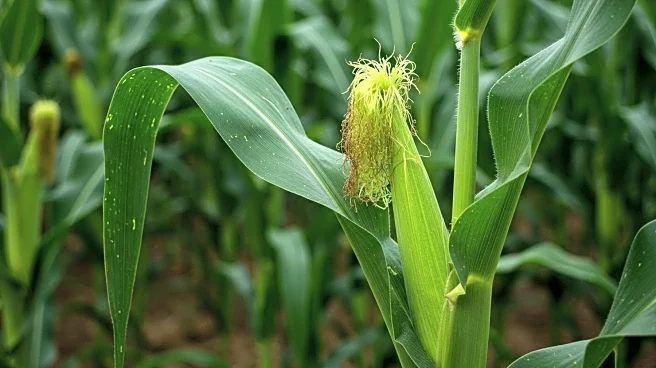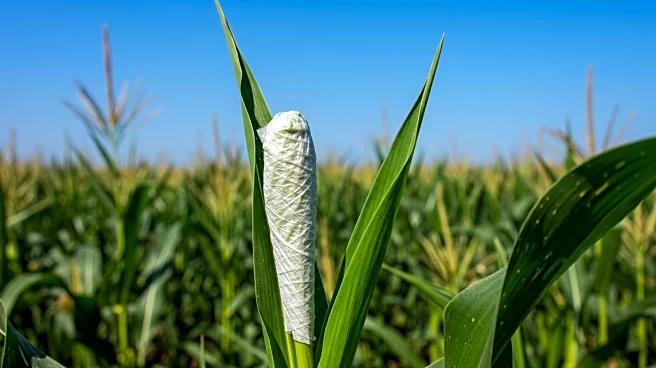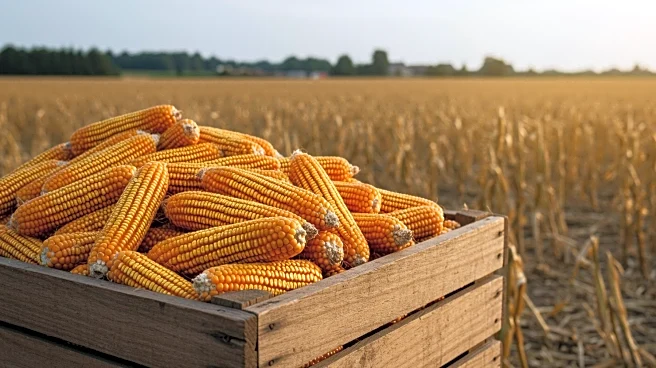Rapid Read • 7 min read
Corn growers in the Midwest are facing a challenge with tassel wrap, a phenomenon where the upper leaves of corn plants remain tightly bound around the tassel during the critical pollination period. This issue can delay pollen release, affecting the fertilization of early silks and leading to poor kernel set, particularly at the base of the ear. Reports of tassel wrap have emerged from states like Illinois, Indiana, Iowa, and Kansas, often linked to abrupt weather changes. Agronomists suggest that shifts from cool nights to high daytime temperatures may trigger rapid growth responses that interfere with normal tassel emergence. The problem has genetic and environmental components, with some corn hybrids more susceptible than others.
AD
The occurrence of tassel wrap poses a significant threat to corn yields, which can impact the agricultural economy in the Midwest. Incomplete kernel set due to delayed pollination can result in lower yields, affecting farmers' income and the supply chain. While some kernels may grow larger to compensate for missing ones, this is unlikely to fully offset the losses. The issue also highlights the importance of understanding hybrid sensitivity and environmental triggers, which can guide future crop management practices. As corn is a major crop in the U.S., any reduction in yield can have broader implications for food supply and prices.
Farmers are advised to scout their fields during the R3 stage to assess the severity of tassel wrap and its impact on pollination. Agronomists recommend examining multiple field locations to gauge the extent of the issue. While tassel wrap may not require changes to harvest timing, it could influence marketing plans if expected yields are not met. Documenting the occurrence of tassel wrap and working with seed providers to consider alternative hybrids for future seasons may help mitigate risks. Understanding hybrid tassel morphology and maintaining stress-reducing practices could be key in preventing similar issues.
AD
More Stories You Might Enjoy













